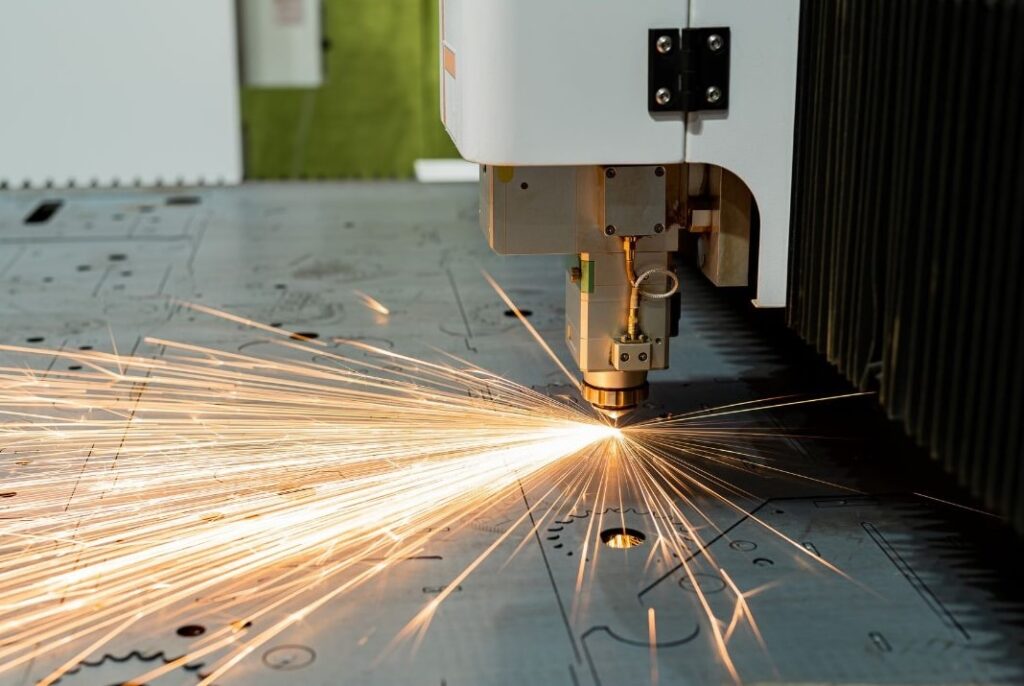
What is a Flat Pattern Development in Sheet Metal Fabrication?
Before any bending begins, a sheet metal part starts life as a 2D layout. That’s the flat pattern development. It’s...
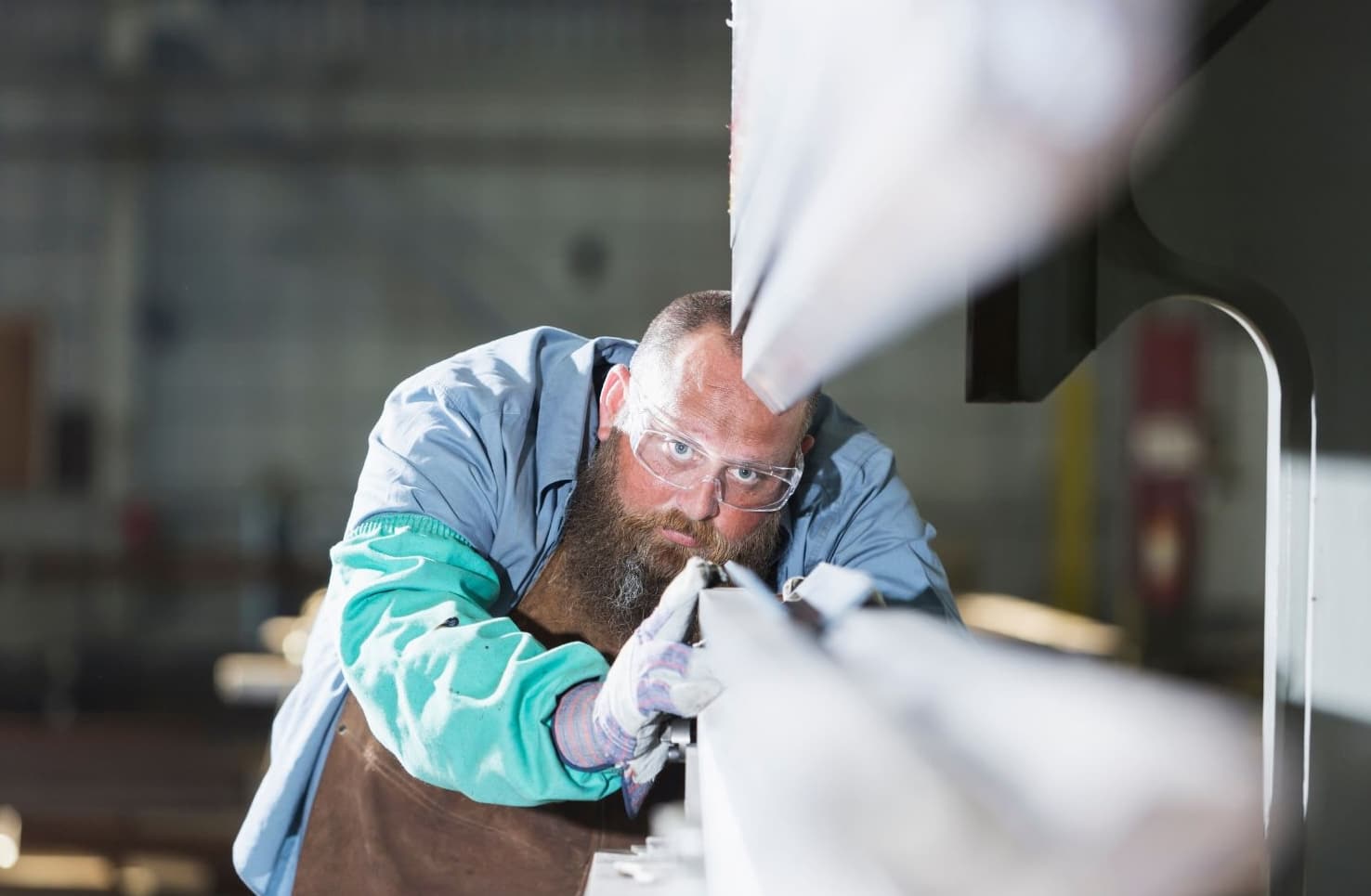
Most sheet metal design errors don’t happen during production — they start earlier, in planning or communication. Maybe it’s the wrong material, or a tolerance that’s too tight. Sometimes, it’s just unclear instructions. Either way, mistakes cost time and money.
This guide highlights ten common metal fabrication mistakes and how to avoid them. If you’re designing parts or choosing a supplier, a bit of foresight — and a chat with the right fabricator — can go a long way.
A good design falls apart if the material can’t handle the job. Aluminium, for instance, bends easily — great for weight, not for strength. Stainless steel? Durable, but harder to machine. And that’s before you factor in corrosion, expansion, or how the metal behaves when cut or bent. One frequent mistake is skipping a quick check on what suits the job. A short conversation with your fabricator often clears up the mismatch before it turns into a problem.
Designs don’t always translate neatly into production, and that’s where things can get expensive. Sharp internal corners, tiny holes, or features placed right on a bend line might look fine on-screen but are harder to fabricate without rework or distortion. Not every detail is worth the hassle, especially if it holds up the whole batch. Good design means thinking ahead — not just about what’s possible, but what’s practical.
Here are a few tips that often help:
It’s easy to assume your measurements are bang-on — until the finished part doesn’t fit. Overly tight tolerances or inconsistent units can throw off the whole project. Fabricators often see drawings where every hole is marked ±0.1 mm, even when it doesn’t matter. This sort of over-specification usually adds cost without adding value.
Here’s where problems tend to show up:
A bit of balance helps — set tighter tolerances where they count, but give some breathing room elsewhere.
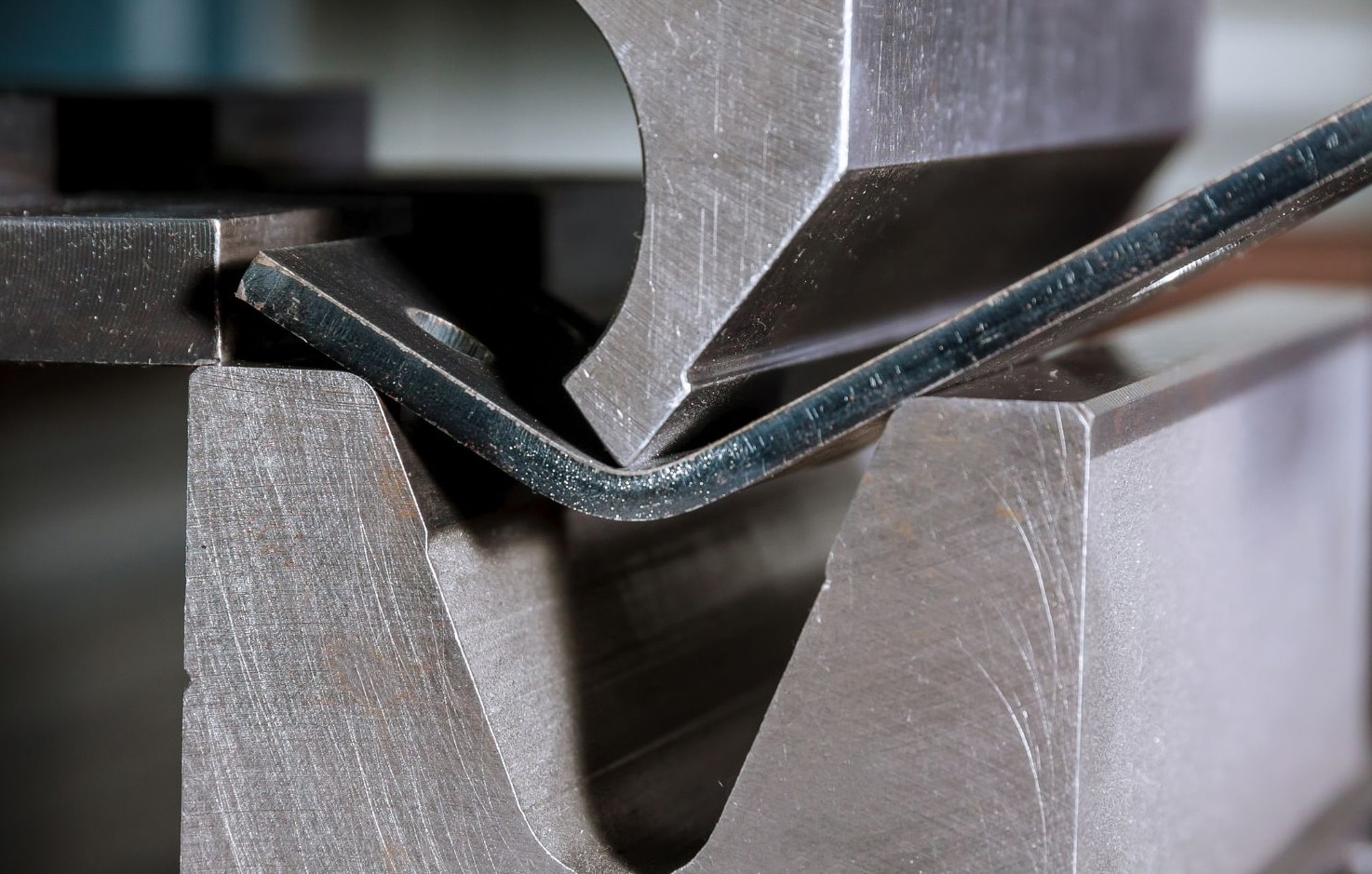
Getting bends right takes more than guesswork. Springback (the metal’s tendency to flex back after bending) can throw off your angles. Too small a radius, and you risk cracking. Too wide, and precision slips. That’s where CNC press brakes help, but only if the design supports repeatability.
For parts with multiple bends, it’s worth checking how the material reacts ahead of time, otherwise, you’re left adjusting on the fly, which rarely ends well.
Parts can look fine on day one, but what about after repeated use? Stress and vibration often cause cracks in sharp corners or thin sections. These weak spots build up over time and lead to failures you don’t see coming. Adding fillets, rounding edges, or thickening high-strain areas can make a big difference.
These aren’t big design changes, just small tweaks that help your parts last longer and save you costly fixes later on.
The finish might feel like a detail, but it’s not just for looks. The wrong surface treatment can lead to corrosion, wear, or even poor bonding with adhesives or coatings. And different environments call for different finishes — what works indoors might fail outside. A brushed or powder-coated surface, for instance, offers more protection than a raw mill finish. But they also come with different prep needs and lead times.
Take a look at this quick comparison:
| Finish Type | Appearance | Durability | Typical Use |
| Brushed | Matte lines | Medium | Aesthetic indoor panels |
| Powder-Coated | Smooth/Coloured | High | Protective exterior surfaces |
| Mill Finish | Raw/Untreated | Low | Internal or hidden parts |
Welding might look simple on paper, just join part A to part B, but in practice, it’s where all sorts of issues creep in.
Warping, misalignment, and weak joints are often traced back to rushed prep or poor fit-up. Materials expand under heat, so without tack welds or fixturing, things tend to shift. It helps to involve your fabricator early, especially for trickier assemblies. Prototyping a small batch or mocking up key joints can flag problems before they reach the shop floor.
If you’re after strength and repeatability, don’t skip the planning phase.
Even with a solid design, things can still go sideways if checks aren’t in place. Missed inspections, inconsistent measurements, or lack of traceability all fall under this category. It’s not about being overly cautious, just making sure problems are spotted before a whole batch is affected. In-process inspections, clear documentation, and final checks catch a lot more than people think.
At Greengate Metal Components, these checks aren’t a final step; they’re built in from the start. That way, surprises are kept to a minimum, and every part meets the spec without needing a second go.
Sometimes, the biggest issues start with assumptions. If a fabricator gets half the information, or the wrong kind, there’s bound to be a hiccup somewhere. Vague specs, missing CAD files, or unclear material choices tend to result in last-minute questions or worse, rework. The clearer the brief, the smoother the outcome. Here’s what you should always provide:
It’s not about hand-holding — just giving your supplier what they need to get it right first time.
Sharp edges, heat, fumes; sheet metal work comes with real risks. Ignoring safety, even in the design phase, tends to create hazards down the line. Overly sharp cut-outs or exposed fasteners can cause injury during handling or assembly. From a production standpoint, poor planning around ventilation or access points slows everything down. Working with fabricators who prioritise safety, both in how they work and how your parts function, means fewer risks and a smoother build.
A lot of these issues don’t come from bad intentions, just small oversights that snowball into bigger problems. The thing is, most sheet metal fabrication mistakes are avoidable with clearer planning, better design choices, and open conversations early on. It’s not about being perfect; it’s about being practical.
At Greengate Metal Components, we help clients spot and fix these snags before they become expensive ones. Meaning if precision and reliability are at the heart of your next project, maybe it’s time we talked, so contact us today.

Before any bending begins, a sheet metal part starts life as a 2D layout. That’s the flat pattern development. It’s...
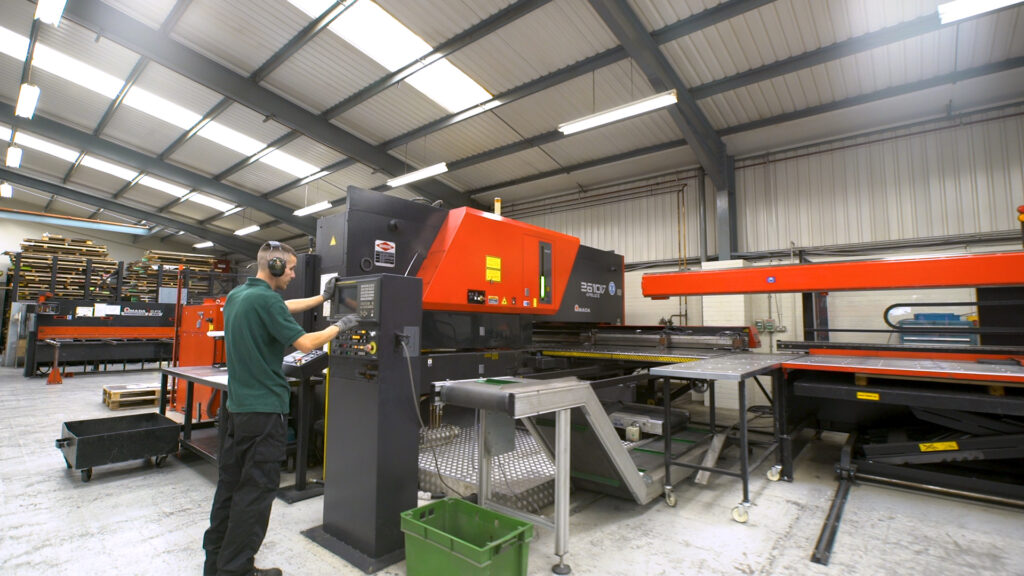
While Numerical Control (NC) has been around for decades, Computer Numerical Control (CNC) continues to reshape how precision parts get...
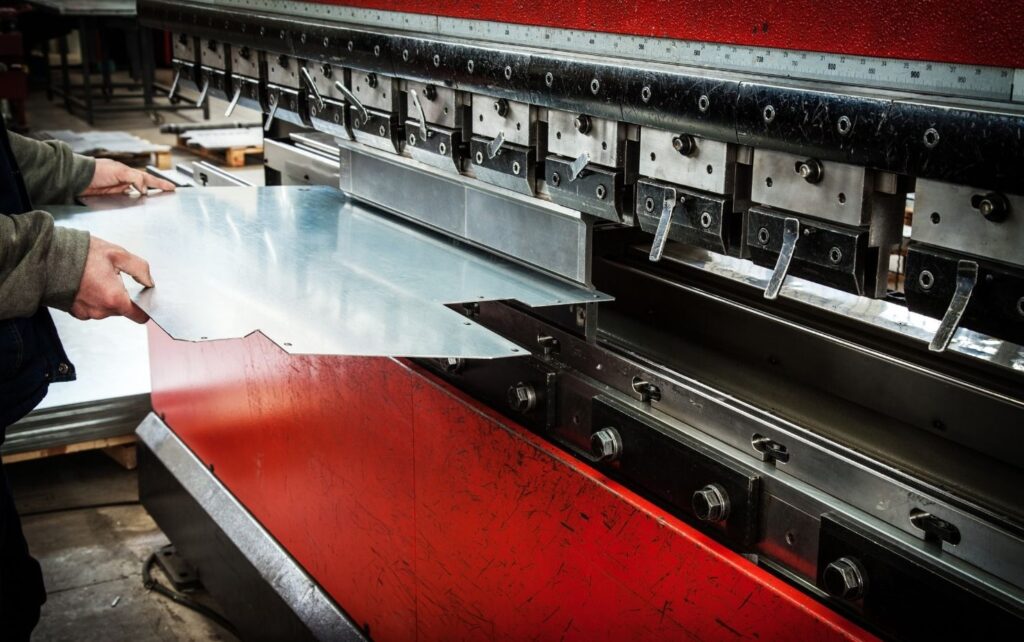
Sheet metal bending is a fundamental process that transforms flat metal sheets into strong, functional components. By carefully applying force...